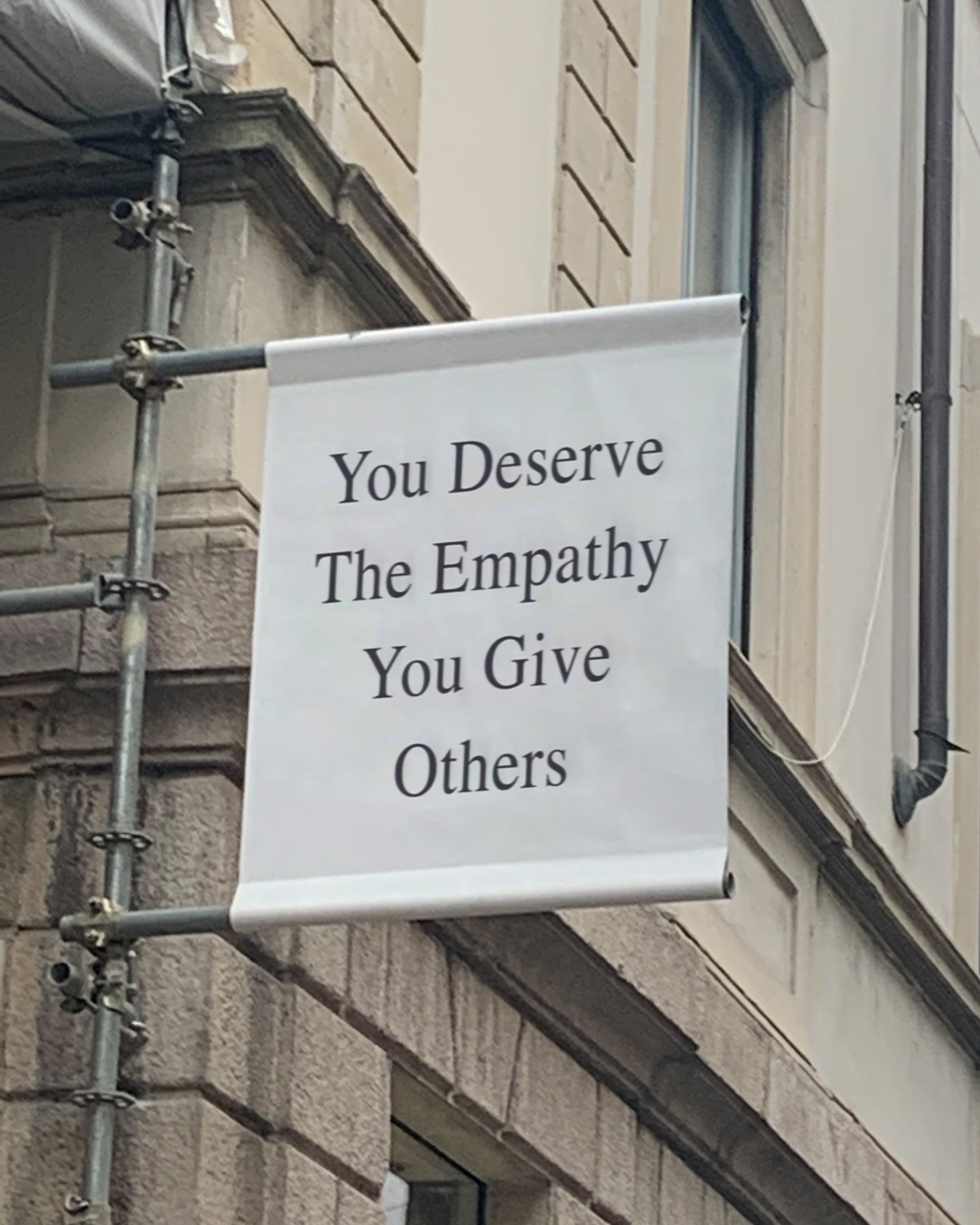The Science of Connection: Why Neurobiology is Important in Couple’s Therapy
"The drama of love is all about this hunger for safe emotional connection, a survival imperative we experience from the cradle to the grave. Loving connection is the only safety nature ever offers us.”
— Sue Johnson, Founder of Emotion-Focused Therapy
We all want connection. Love. Attachment. We can probably make the argument that our drive for emotional connection is the defining feature of our humanity. And yet, it’s so complicated. Love, in all its forms, never feels simple.
The Neurobiology of Connection
The neurobiology of connection is essentially what happens in the brain when we are in connection with others. In a hyper-world, it can be easy to forget that we are social creatures. Connection isn’t just something we want, it’s something we need. Just like air, we can’t survive without it. And the reason that neurobiology is so crucial to healing our relationships is grounded in Polyvagal Theory.
Polyvagal Theory: A Quick Review
If you’re looking for a deep dive, check out our past blog post on Polyvagal Theory & the nervous system. For the purpose of this post, here’s a quick review:
Polyvagal theory is an idea that helps us understand how our nervous system responds to different situations and influences our emotions, behaviors, and relationships. The vagus nerve connects our nervous system to our brain and plays a crucial role in shifting us between different states. Our nervous sysstem has three main states or zones: rest and digest, fight or flight, and the freeze state.
1. Rest and Digest: When our nervous system feels safe this means our ventral vagal pathway is activated. Here we are able to rest and relax, we can engage socially, connect with others, and feel "normal.
2. Fight or Flight: When our nervous system goes into protection mode, this indicates that our sympathetic nervous system has become activated. When our sympathetic nervous system becomes activated, it keeps us alive against the perceived threat by triggering our fight or flight. When this is happening we can feel the adrenaline pumping through our bodies, our heart rate increases, we sweat, and we feel more mobilized. I.E when we’re in the middle of a blowout fight.
3. Freeze or Shutdown: When our bodies perceive that we’re in a life threatening situation, our nervous system shuts down as a form of self-preservation. Note — this doesn’t mean we’re actually in a life-threatening situation. Our nervous system hasn’t evolved to decipher between a physically and emotionally threatneing situation so the nervous system perceives the emotional threat as life-threatening. This is when the dorsal vagal pathway is activated. We might experience this through dissociation, feeling trapped, out of the body, and disconnected from the world, our heart rate decreases, and we might want to curl up into a ball or collapse.
Our neurobiology and nervous system are so important to healing our relationships because we biologically cannot reconnect, recenter, and revive our emotional connections without nervous system regulation. And, to no fault of our own, we often have no idea what’s going on in our own nervous systems, let alone our partners.
For example — imagine that you’re in a conflict with your partner over something that is a recurring argument (you know the ones). You might be in the fight or flight state (heart-pounding, agitation, anger, rage, pure emotion) while your partner has completely shut down (silence, stony look on their face, no response to your anger, dissociation.) Without the lens of the nervous system, we have one person enraged and the other totally checked out. But when we bring in the polyvagal lens, we have two nervous systems that are completely overwhelmed and responding with different protective strategies. There’s no good or bad, right or wrong. Simply two people without the tools to find their way back to safety, regulation, and connection.
The Integration of the Nervous System and our Attachment Style
Reading through the above, you might have identified predominantly with one of the protective strategies. It’s common for us to have a “default” protective strategy (usually fight/flight or freeze/shutdown), and often, our protective strategies clash with our partner’s. In the above example, we have one person fighting and the other shutting down. In the end, no one wins. Just like our attachment style, our Nervous System learns from our environment at a young age. Our “default” protective strategy was often learned during childhood. Therefore, the legacy of the past impacts our relationships in the here and now.
When we combine our understanding of attachment styles and the nervous system, there is more room for compassion and connection. When we understand how our partner’s early childhood experiences led to the protective mechanisms that show up in our relationships today, we soften toward them. It’s only when we develop awareness of these habitual responses that we can begin responding to them differently.
Nervous system regulation is not something we have — it’s a skill that we learn. Oftentimes, parents don’t have the emotional capacity to regulate (because no one taught them), and they aren’t able to show their own children what it means to be regulated in both connection and conflict. In couple’s therapy, it’s crucial to integrate neurobiology into our work. When we bring in this lens, we can develop compassion for our partner — not only for how they’re feeling in the moment but for all the experiences that patterned their nervous systems and led to protective habitual responses. As we begin to unravel these narratives, we relearn, together, what it feels like to feel safely attached and regulated in relationship.
Related Posts
If this post was helpful, you might also like these…






